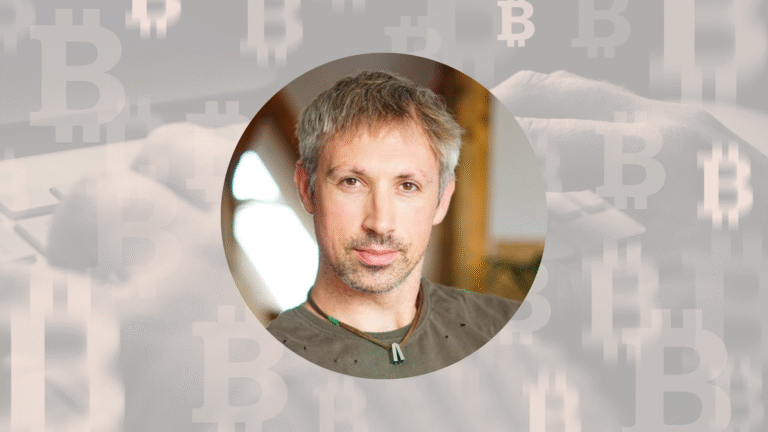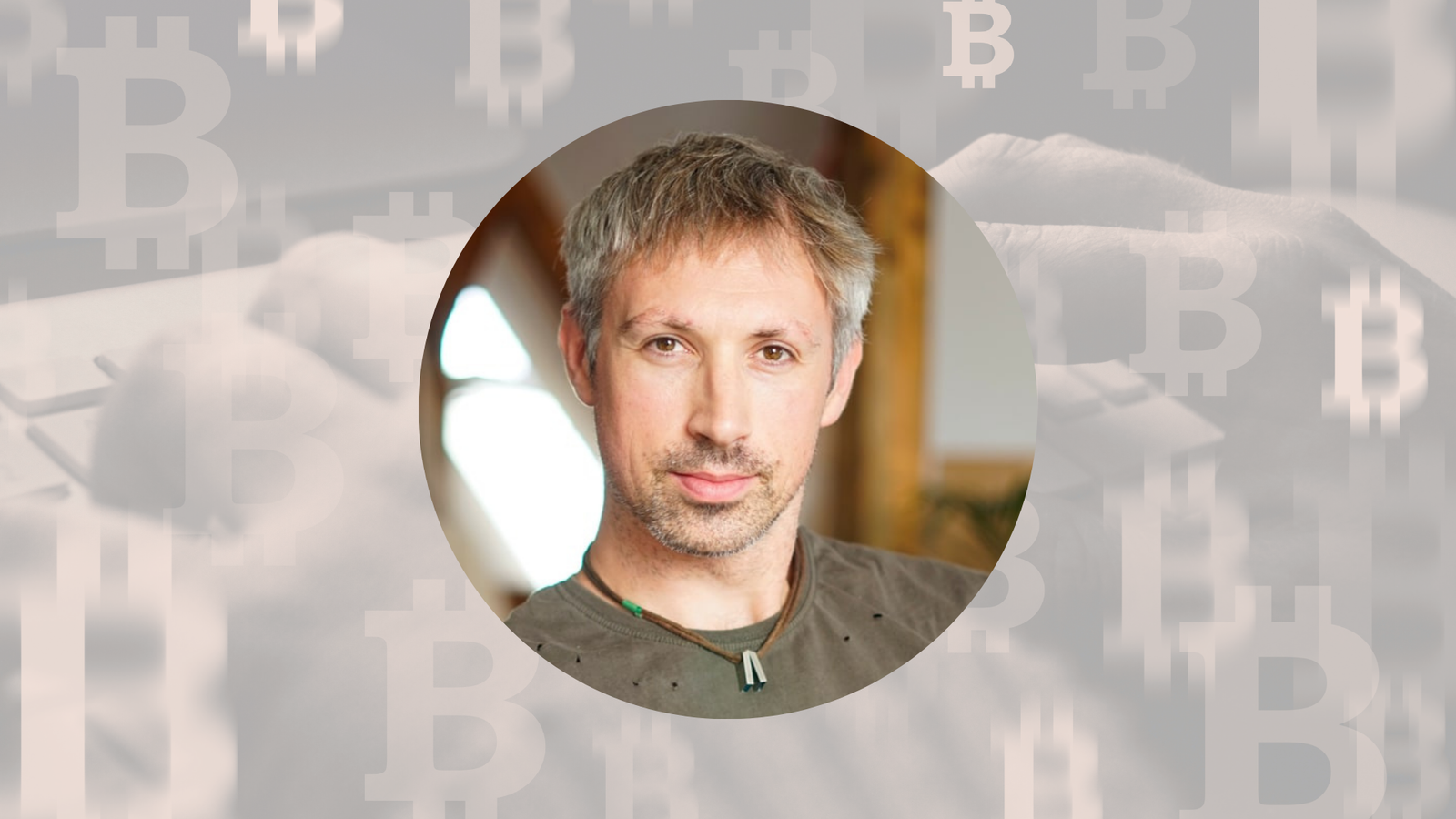Gavin Wood is an influential personality in the world of blockchain as Gavin Wood is the co-rooter of Ethereum and founder of Polkadot, which is a protocol to transform blockchain interoperability and scalability. Wood, the genius brains behind the Web3 Foundation and the Parity Technologies has contributed to defining the future of the decentralized internet with his technical acumen and his philosophical dedication to user sovereignty. His vision of Web3, a decentralized internet where users will control and own, has put him at the forefront as a creator of future blockchain constructions. This is an article that goes into the contributions of Wood to the crypto world, his ambitious Polkadot project, his net worth, and his larger vision of a decentralized digital society.
Ethereum Foundation and early contributions into crypto.
The journey of Gavin Wood into the world of blockchain started in 2013 after he was introduced to Vitalik Buterin by a mutual friend. Back then, Wood, an experienced programmer, a bearer of Ph.D. in computer science, was mesmerized by the prospects of blockchain that could reimagine social and economic orders with game theory and decentralization. He co-founded Ethereum, and was the first Chief Technology Officer. Wood wrote the Ethereum Yellow Paper, the first formal description of a blockchain protocol, and wrote the initial functional client, called PoC-1. He also created the language of the smart contracts, Solidity, and established the Ethereum Virtual Machine (EVM), ensuring that Ethereum is one of the cornerstones of decentralized applications (dApps).
Wood quit Ethereum in 2016, feeling discontented over the slow journey to scalability, and his dream of a more dynamic blockchain ecosystem. His exit signaled the start of a new phase towards solving Ethereum’s inadequacies using cutting-edge protocols, including Polkadot.
Founding Polkadot and the Web3 Vision
In 2016, Wood partnered with another Ethereum alum Jutta Steiner to found Parity Technologies in order to create infrastructure for a decentralized web. Parity did create the Parity Ethereum client, which miners and developers often use, but Wood’s sights were not limited to Ethereum. He foresaw the emergence of a blockchain ecosystem in which multiple chains could connect without barriers, breaking what was a bane on existing networks, the silos. This vision resulted in the formation of Polkadot that was launched in 2020 by the Web3 Foundation, a not for profit entity founded by Web in 2017 to promote decentralized technologies.
Polkadot includes a relay chain and parachain paradigm, in which separate blockchains are able to plug into a common relay chain for shared security and consensus. Such an architecture enables chains to specialize, independently scale, and communicate, bringing forth a modular and open ecosystem. Wood also introduced Kusama in 2019, a “canary network” for Polkadot, that is used by developers to test features in a live economic environment. Kusama, the chaotic, creative mind adds colour to Polkadot’s structure and stability, true to Wood’s balanced creativity.
Wood invented the term “Web3” to refer to a decentralized internet where people can own their data identity, and asset. He promotes a research, development, and education for open-source technologies through the Web3 Foundation with the focus on censorship resistance and decentralized governance. More evidence of his dedication to scalable blockchain architecture was demonstrated in his 2024 display of the Join-Accumulate Machine (Jam) at Token2049 which revealed improved performances of the decentralized computation.
Net Worth and Financial Influence
It is difficult to estimate Gavin Wood’s net worth as the cryptocurrency is volatile, and he has various holdings. His wealth is calculated to be somewhere between $400 million to $900 million in 2025, with him gaining most of it from his Polkadot’s native token (DOT), Kusama’s token (KSM), and his interest in Parity Technologies. This is likely to have been important to a great extent, with his co-founder status at such an early stage. Wood’s philanthropy, such as $5.8m crypto donation to Ukraine in 2022, highlights his wealth to social impact.
| Aspect |
Details |
| Primary Role |
Co-founder of Ethereum, Founder of Polkadot and Web3 Foundation |
| Estimated Net Worth |
$400 million – $900 million (based on DOT, KSM, and Parity holdings) |
| Key Organizations |
Parity Technologies, Web3 Foundation, Polkadot, Kusama |
| Major Achievements |
Ethereum Yellow Paper, Solidity, Polkadot, Web3 concept |
| Focus Areas |
Blockchain interoperability, scalability, decentralized governance |
Crypto Advocacy and Philosophical Outlook
Wood’s influence goes beyond code to his philosophic position on decentralization. When he was interviewed in Forbes in 2025, he elaborated five criteria used in evaluating blockchains: decentralization, resilience, performance, coherence and generality. He was critical of Ethereum’s lack of dynamicity and of Solana’s centralization, which makes Polkadot a well-balanced solution, i.e. high Nakamoto coefficient (149, which is robust decentralization) and parachain model. The promotion of privacy and ID solutions for users through blockchain tattoos to resist Sybil attacks shows Wood’s interest in empowering users without interfering with their privacy.
His public appearances such as the Polkadot Jam tour in 2025 focuses on technical improvements to run non- blockchain native software on blockchains, consistent with his stated piece of interest; the mainstream adoption. Wood’s criticism on the Web2 centralized setup, particularly at the time of widespread global political strife, reinforces his confidence in Web3’s robustness. He believes that the decentralized systems provide strong alternatives to old authorities, building trust by cryptographic guarantees, rather than centralized control.
Challenges and Future Aspirations
Besides the 2023 staff reduction at Parity Technologies caused by the lack of funding, Polkadot has been under fire for marketing costs. In spite of all these difficulties, Wood continues to be guided by technical innovation, becoming the Chief Architect of the Parity in 2022 in order to commit to the development of Polkadot. A strong community support can be indicated by the protocol’s $144 million initial coin offering in 2017 and a $777 million development fund announced in 2021.
The future dreams of Wood focus on the full decentralization of the internet. His Jam architecture seeks to be more than what Polkadot can do, taking advantage of the RISC-V-based PVM virtual machine for the efficient performance of smart contracts. He perceives blockchain as a democratic way of doing things in the digital era; he sees it as a way of sharing fair value in the decentralized manner. With the increasing adoption of blockchain in the traditional sector of finance, Wood’s emphasis on scalability and interoperability makes Polkadot a front runner in this transitory process.
5 FAQs About Gavin Wood
1.What is the role of Gavin Wood in the crypto industry?
Wood is the co-founder of Ethereum, founder of Polkadot and Kusama, and creator of the Web3 Foundation helping promoting blockchain interoperability and Web3 adoption.
2.What is Polkadot and why it is important?
Polkadot is a protocol for interoperability of the blockchains whereby the relay chain and parachains are used to increase scalability and communications between the networks.
3.How rich is Gavin Wood?
The estimated net worth of his is $400 million to $900 million from DOT, KSM, and Parity Technologies holdings.
4.What is the Web3 Foundation?
It is a non-profit started by Wood providing research and grants for decentralized internet technologies such as Polkadot.
5.What is Wood’s vision for Web3?
He envisions a decentralized internet in which data and identity of users will be owned by users, blockchain for secure, transparent, and censorship-resistant systems.
Conclusion
Gavin Wood’s work in blockchain (i) through Ethereum, (ii) via Polkadot, and (iii) through the Web3 Foundation has reconstructed the potentials of decentralized technology known to mankind. The problems of scalability and interoperability that are so pressing for the field, can be successfully solved through his creation of Polkadot, while his Web3 vision promotes the idea of user sovereignty. Having a net worth that reflects the pioneering status, Wood’s legacy is his dogged chase for a decentralized future in the digital space. With the evolution of Polkadot and Jam, his work continues to define blockchain world, creating for us an open, more equitable internet.





